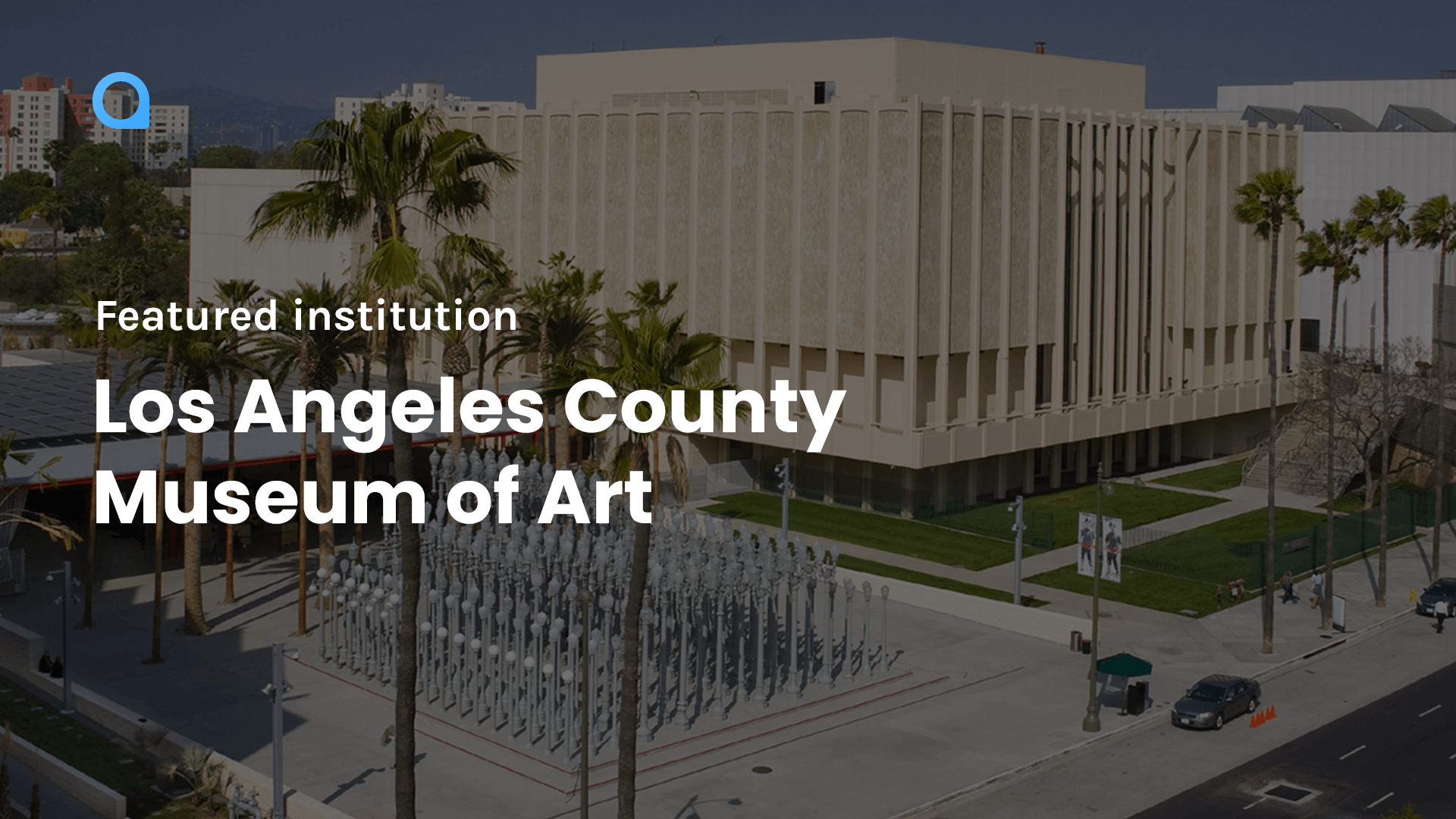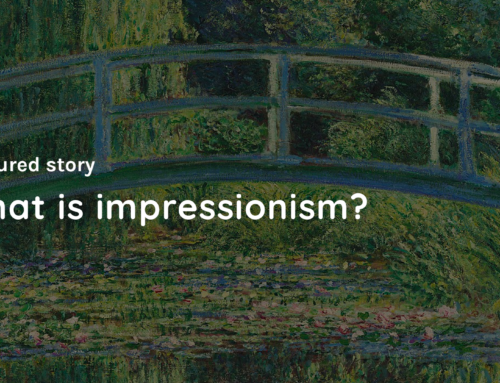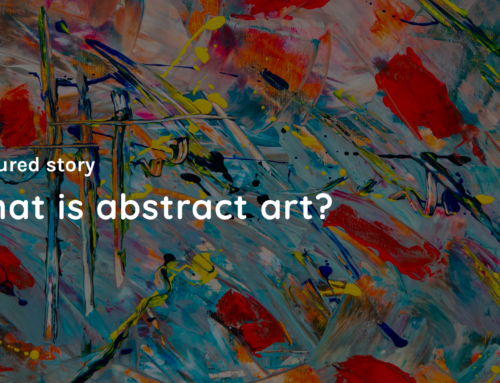The Los Angeles County Museum of Art (LACMA) is a world-renowned art museum and one of the largest art museums in the United States. It houses a collection that spans different civilizations from ancient to contemporary.
If you have never been… you need to go!
About the LA County Museum of Art
The Los Angeles County Museum of Art (LACMA) has its origins in the Los Angeles Museum of History, Science, and Art, which was founded in Exposition Park in 1910.
In 1961 it was split out to become a distinct art museum, with a new building being designed by architect Richard Meier. It opened to the public on February 26, 1965, and two years later it was renamed the Los Angeles County Museum of Art or LACMA for short.
Today it holds more than 150,000 works and attracts nearly a million visitors annually, with a great deal of its success due to Franklin Sirmans, who was the curator from 2010 – 2015.
The LACMA’s Permanent Collection
The approximately 150,000 works in the LACMA collection are organized by region, media, and time period, roughly broken up into the following groups:
- Modern and Contemporary Art
- American and Latin American art
- Asian Art
- Greek, Roman, and Etruscan Art
- Islamic Art
- Decorative Arts and Design
- Photography
- Film
Modern and Contemporary Art
Modern and Contemporary Art is housed in the Ahmanson Building and Broad Contemporary Art Museum (BCAM) respectively. The modern collection includes works by Pablo Picasso, Henri Matisse, Paul Klee, and Jackson Pollock. The BCAM includes works by Andy Warhol, Jasper Johns, and Mark Rothko.
American and Latin American Art
The Art of the Americas Building has American, Latin American, and pre-Columbian collections with galleries for art from North, Central, and South America.
The LACMA, along with the PAMM is known for having one of the finest Latin American art collections in the United States.
Asian Art
The Asian art collection includes over 17,000 objects from all major Asian countries and traditions with a focus on Indian sculpture and South East Asia. The Chinese and Koren art is housed in the Hammer Building and the Pavilion for Japanese Art displays art of Japan alongside contemporary art in dialogue with an impressive exhibition space.
Greek, Roman, and Etruscan Art
The second floor of the Ahmanson Building houses the Greek and Roman Art galleries. These galleries feature art from the Classical Mediterranean and Etruscan civilizations.
Islamic Art
The Islamic art galleries are housed in their own building, located just west of LACMA’s main campus at 5905 Wilshire Blvd. The collection features over 11,000 objects that include ceramics, metalwork, glass, jewelry, and other decorative arts from across Western
Decorative Arts and Design
The decorative arts and design collection span the 13th to 21st centuries. It includes furniture, fashion and textiles, glassware and ceramic objects from Europe, East Asia (China), South Asia (India), and Islamic regions
Photography
The photography collection is one of the largest in the world with over 22,000 works ranging from vintage daguerreotypes to contemporary photographs.
Film
The last major collection, film, is also an important component of the LACMA. With over 16,000 works it is the largest collection of film in any museum outside of Europe.
Where is the LACMA
Located on Wilshire Boulevard (Museum Row) it is located across the street from one of Los Angeles’ most famous landmarks, the La Brea Tar Pits.
For those of you who have not been to Museum Row in LA, it is a great destination for lovers of culture. It includes other great institutions such as the LA County Natural History Museum and the Page Museum.
What is the Entry Fee?
To get into the LACMA, visitors need to pay $15 for general admission and $11.50 for students with ID and seniors (62+). Children under the age of 12 are free, as well as LACMA members.
Local residents living within three miles of Wilshire Boulevard between Fairfax Avenue and La Brea Avenue also get in free every Thursday from five to eight p.m., and all children ages
LACMA Education Programs
LACMA also hosts fantastic education programs, including school tours, lectures, and workshops. Past lectures have included talks from artists such as Chuck Close, Robert Gober, and Julie Mehretu.
With a mission to engage the public with great art, the LACMA is always changing.
Future Plans
Never an institution to rest, the LACMA has been ambitiously reimaging its future. The museum is now focused on replacing aging buildings with a new home for 6,000 years of art.
The new space named the David Geffen Galleries will be located just east of the campus’ Miracle Mile entrance. The galleries are expected to open in 2024 and will include new spaces for education, exhibition, and performance art as well as underground parking.
As you can see, LACMA is constantly evolving, but one thing remains constant: providing unique experiences through great works of art.







